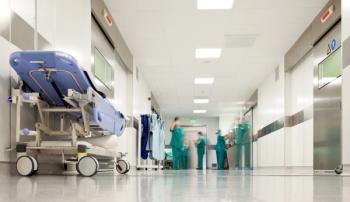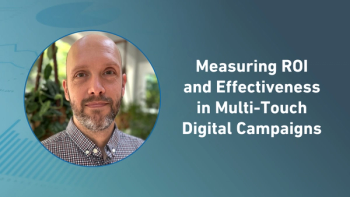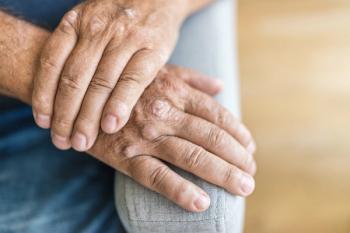
A Word About Unsustainable Costs
As our New York and New Jersey offices were primarily affected by Hurricane Sandy, not by damage but by all the ancillary infrastructure issues…no way to get out of your neighborhood because of downed trees, then no gas if you do get out. No public transportation, or trains to get into the New York office. No power equals no heat, no way to keep food (if you didn’t buy ice for your cooler in advance, there is no ice). You can charge your phone or get warm or use your computer at our town hall and library, but you will be waiting in line with a lot of people doing the same. I’m fortunate I was able to temporarily relocate with family outside the hardest hit areas. They say that power will be back by Monday, school will start and we can get back to some semblance of normalcy. I am fortunate.
- But now there are some big picture ideas about fixing future Hurricane scenarios that I’ve been reading about:
--Hurricane-proofing New York Harbor, at a cost of $15 billion
--New Jersey shoreline advocates say future protection includes build more jetties and seawalls, keep beaches replenished and relocation homes and businesses
--And a big conversation in my own town, which was majorly impacted by downed trees and wires, proactively put all the wires underground.
Obviously, all of this comes at a huge cost. I read this morning that Mayor Bloomberg is endorsing Barack Obama based on his stance of climate change. Specifically, because after the costs of two hurricanes in 14 months, future costs related to not proactively addressing the causes of climate change, will make storm damage “unsustainable.”
Unsustainable. That is the word that has been bandied about the drug development industry for approximately two years. The bulk of the costs we know are found within the clinical trials part of the process, where pharmaceutical companies apply millions of dollars doing the same processes their own way, over and over, in a proprietary process without sharing of information. There is change underway to change this process various ways, through collaboration; pre-competitive alliances; roundtable think tanks that promote idea sharing among clin op executives; and non-profit organizations, such as the newly-formed TransCelerate.
What is also true, and includes the potential solutions listed above in rebuilding the New Jersey shore, preventing future damage in NYC, or even digging wires full-scale underground, is a change in thinking. A huge mind-shift that apparently goes beyond human nature.
I said to a friend recently, “What is the definition of doing things over and over the same way and expecting a different result? Is that stupidity?” Of course, as a social worker she said, “I think it’s called misplaced hope.”
For those in the shore towns, normalcy is a far time away. For those with houses split in half by trees, normalcy will return sooner. And for those of us with power out for only a week, normalcy will return even sooner than that. Will the memories fade and in their path, leave inaction and acceptance of unsustainability?
We have yet to see any concrete evidence of the various initiatives in play in the industry. While change takes time, to see some evidence would be a light in the dark of unsustainable costs.
Newsletter
Stay current in clinical research with Applied Clinical Trials, providing expert insights, regulatory updates, and practical strategies for successful clinical trial design and execution.






.png)



.png)



.png)
.png)
